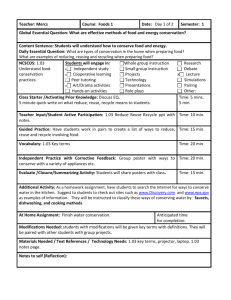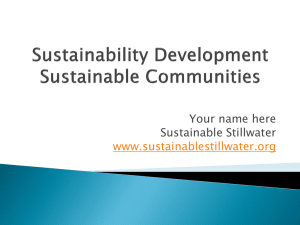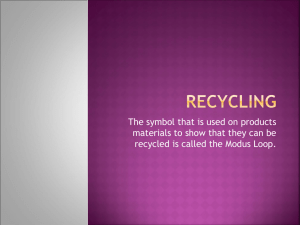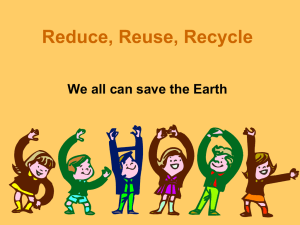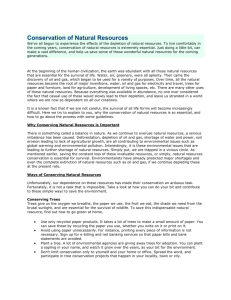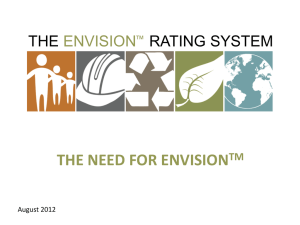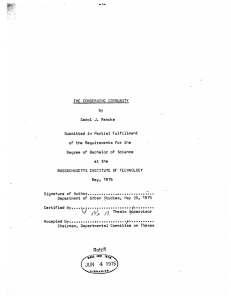COURSE: 7045 Foods I UNIT A FOOD PREPARATION
advertisement
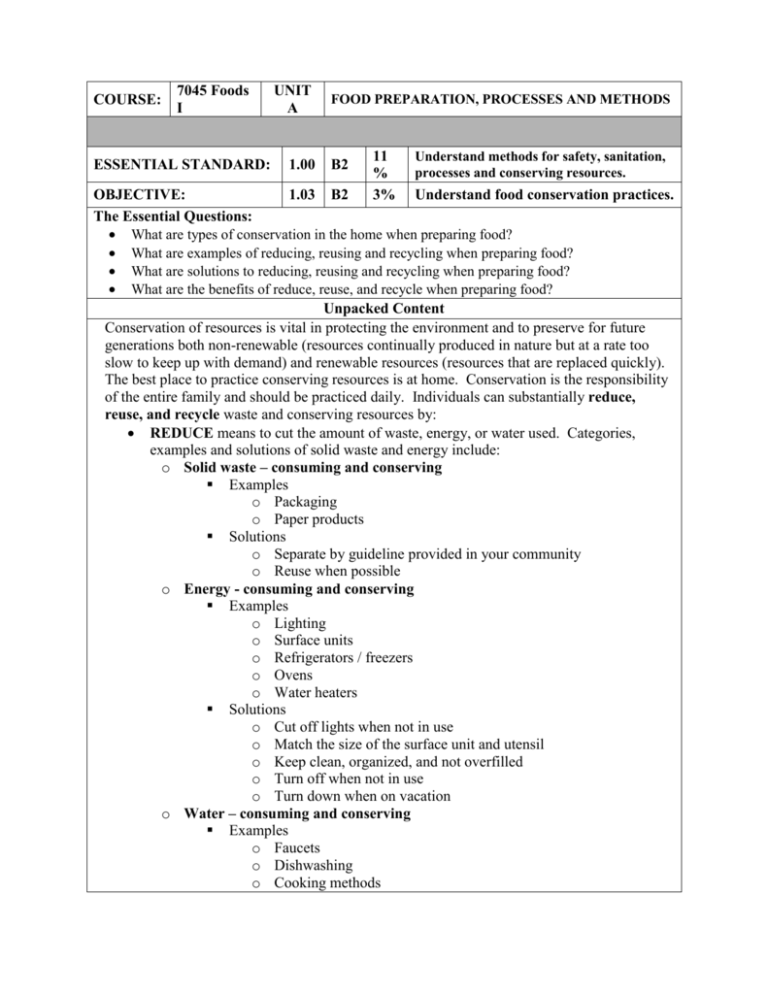
COURSE: 7045 Foods I ESSENTIAL STANDARD: UNIT A 1.00 FOOD PREPARATION, PROCESSES AND METHODS B2 11 % 3% Understand methods for safety, sanitation, processes and conserving resources. OBJECTIVE: 1.03 B2 Understand food conservation practices. The Essential Questions: What are types of conservation in the home when preparing food? What are examples of reducing, reusing and recycling when preparing food? What are solutions to reducing, reusing and recycling when preparing food? What are the benefits of reduce, reuse, and recycle when preparing food? Unpacked Content Conservation of resources is vital in protecting the environment and to preserve for future generations both non-renewable (resources continually produced in nature but at a rate too slow to keep up with demand) and renewable resources (resources that are replaced quickly). The best place to practice conserving resources is at home. Conservation is the responsibility of the entire family and should be practiced daily. Individuals can substantially reduce, reuse, and recycle waste and conserving resources by: REDUCE means to cut the amount of waste, energy, or water used. Categories, examples and solutions of solid waste and energy include: o Solid waste – consuming and conserving Examples o Packaging o Paper products Solutions o Separate by guideline provided in your community o Reuse when possible o Energy - consuming and conserving Examples o Lighting o Surface units o Refrigerators / freezers o Ovens o Water heaters Solutions o Cut off lights when not in use o Match the size of the surface unit and utensil o Keep clean, organized, and not overfilled o Turn off when not in use o Turn down when on vacation o Water – consuming and conserving Examples o Faucets o Dishwashing o Cooking methods OBJECTIVE: Solutions o Turn off when not in use. o Wash only when full. 1.03 B2 3% Understand food conservation practices. o Use small amounts of water. REUSE means to use products again. Solutions for reusing products in the kitchen include: Examples o Bags o Catering containers o Gift bags o Paper products o Appliances o Leftovers o Buy and use rechargeable batteries Solutions o Maintain and repair durable products o Reuse bags and other durable products o Borrow, rent, or share items used infrequently o Sell or donate products no longer needed / used o Convert leftovers into newly created recipes. RECYCLE means using products that can be reprocessed to making something new. Examples o Appliances o Paper, plastic, and cans Solutions o Buy and use recyclable containers o Dispose of electronics at appropriate recycle centers o Compost food scraps o Devise uses for throw always/disposables The benefits of reduce, reuse and recycle are: Protecting our non-renewable and renewable resources for the future Reducing costs Less trash ending up in landfills Less energy to make new items More income for selling reused and recycled items

